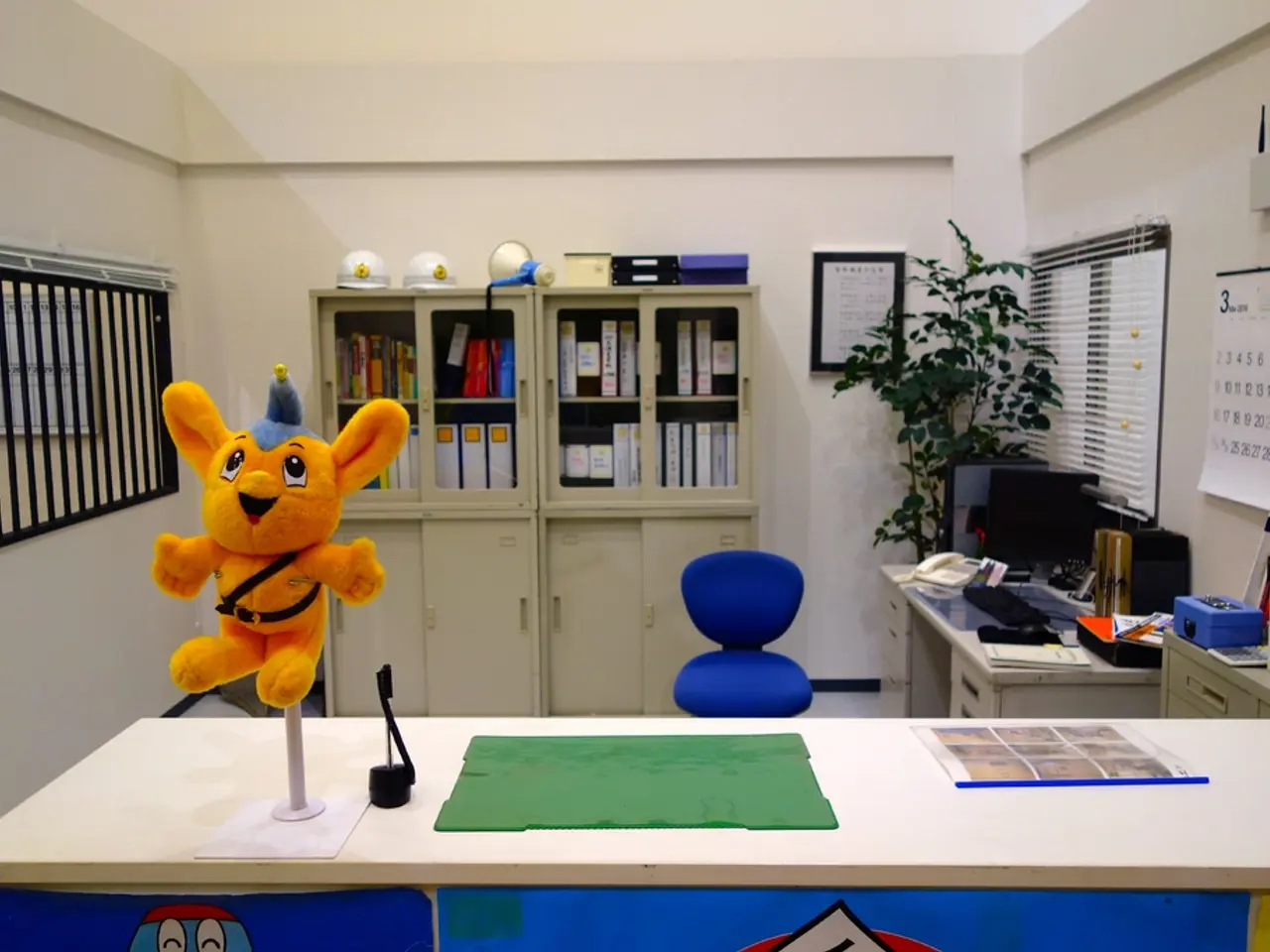Gathering of Lightning Sensors
In the realm of home-made electronic projects, building a lightning detector can be an exciting and educational endeavour. Here, we explore three methods to construct a lightning detector using various components, including transistors, operational amplifiers (op-amps), and even an ion chamber from a smoke detector.
## Using Transistors
Equipped with transistors, resistors, capacitors, a diode, an LED or buzzer for an alarm, and a power source, you can create a simple yet effective lightning detector. The circuit works by detecting radio frequency (RF) bursts emitted by lightning, typically around 160 kHz, amplifying the signal, and triggering an alert through an LED or buzzer.
## Using Op-Amps
Op-amps offer improved noise rejection and amplification compared to transistors, enabling more sensitive detection. With resistors, capacitors, a diode, an LED or buzzer for an alarm, and a power source, you can construct a lightning detector that also includes a storm intensity meter based on signal strength.
## Using an Ion Chamber from a Smoke Detector
This method employs an ion chamber from a smoke detector to detect changes in air ionization during electrical storms. The design is simple but may require additional shielding to reduce false alarms. It's important to note that some smoke detectors' ion chambers contain radioactive materials, so use with caution and shield the circuit to reduce electromagnetic interference (EMI).
## Common Considerations
Regardless of the method you choose, it's essential to consider shielding to protect against electromagnetic interference (EMI) in your circuit. A stable power supply, such as batteries, is necessary to maintain continuous operation. Calibration of the circuit is also crucial for optimal sensitivity and noise rejection.
For those interested in taking their lightning detection project to the next level, Wenzeltech provides a wealth of information, featuring photos and schematics of various lightning detectors [1]. It's also worth mentioning that while it's theoretically possible to detect lightning by looking out the window, distant events can be detected and easily recorded using a data acquisition system on a PC, scope, or logic analyzer.
[1] Wenzeltech. (n.d.). Lightning Detection. Retrieved from https://wenzeltech.com/lightning-detection/
Building a lightning detector can be a practical and enjoyable project for electronics enthusiasts. With these three approaches at your disposal, you're well on your way to creating your very own lightning detector. Always prioritize safety when working with electrical circuits, and happy building!
Engage in a unique blend of technology and gadgets by constructing a lightning detector using either transistors, operational amplifiers (op-amps), or even repurposed components from a smoke detector. This project, while educational, also provides an exciting foray into the world of radio frequency (RF) burst detection and storm tracking.







